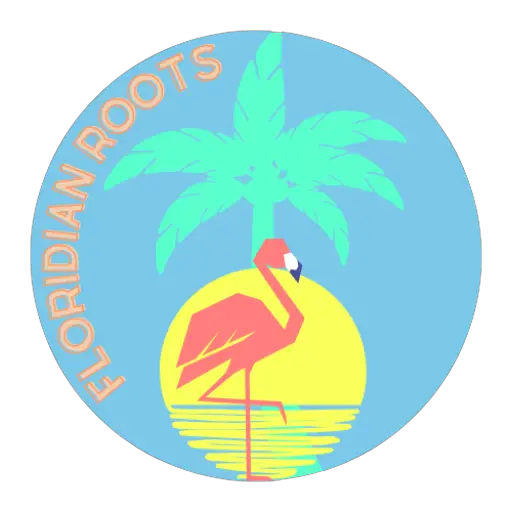Disclosure: Floridian Roots is reader-supported. When you buy through links on our site, we may earn an affiliate commission. Learn more.
Orlando Wetlands in Central Florida is a unique, man-made wetland covering 1,650 acres, located in Christmas, Florida. This park is designed to treat reclaimed water from the City of Orlando and nearby areas, making it beautiful and functional. Visitors can enjoy various activities like hiking, biking, horseback riding, and bird-watching.

Explore diverse habitats and wildlife, including over 200 bird species and 1,700 alligators. The park is ideal for photography and nature observation, offering a peaceful setting to connect with nature. Wide berm roads and trails span 5 miles, providing ample space for walking, biking, or horseback riding.
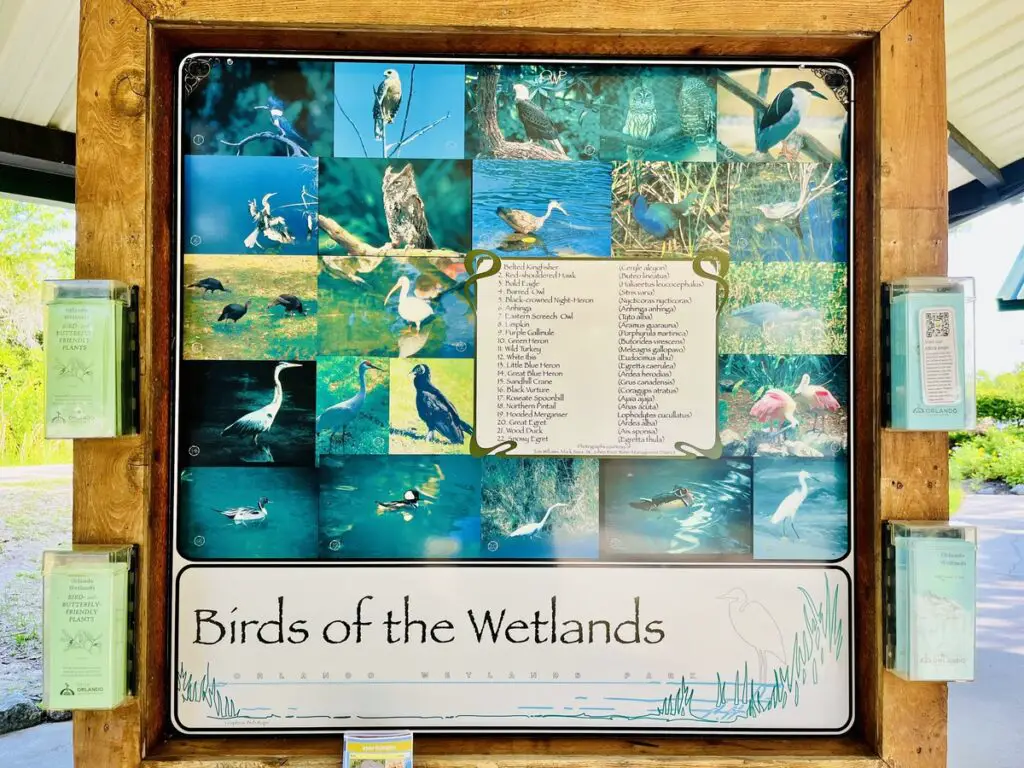
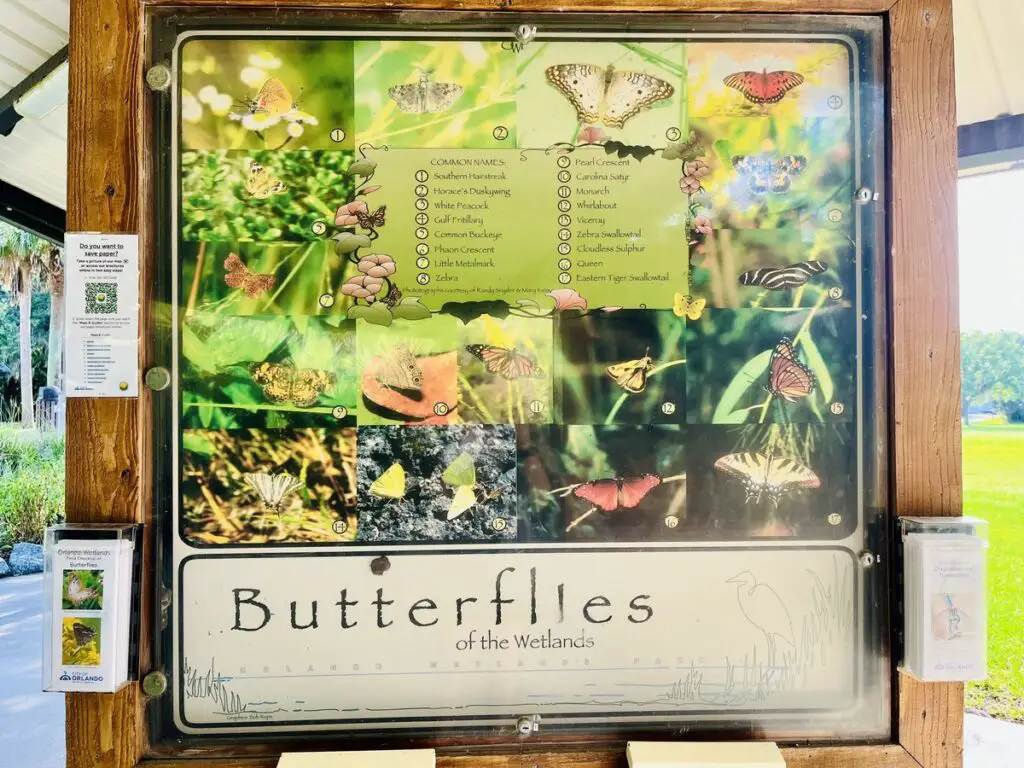
Open from sunrise to sunset, Orlando Wetlands offers a perfect escape for those looking to experience the natural beauty of Florida. Whether you are an avid nature enthusiast or just seeking a serene spot to relax, this park offers something for everyone without the hustle and bustle of city life.
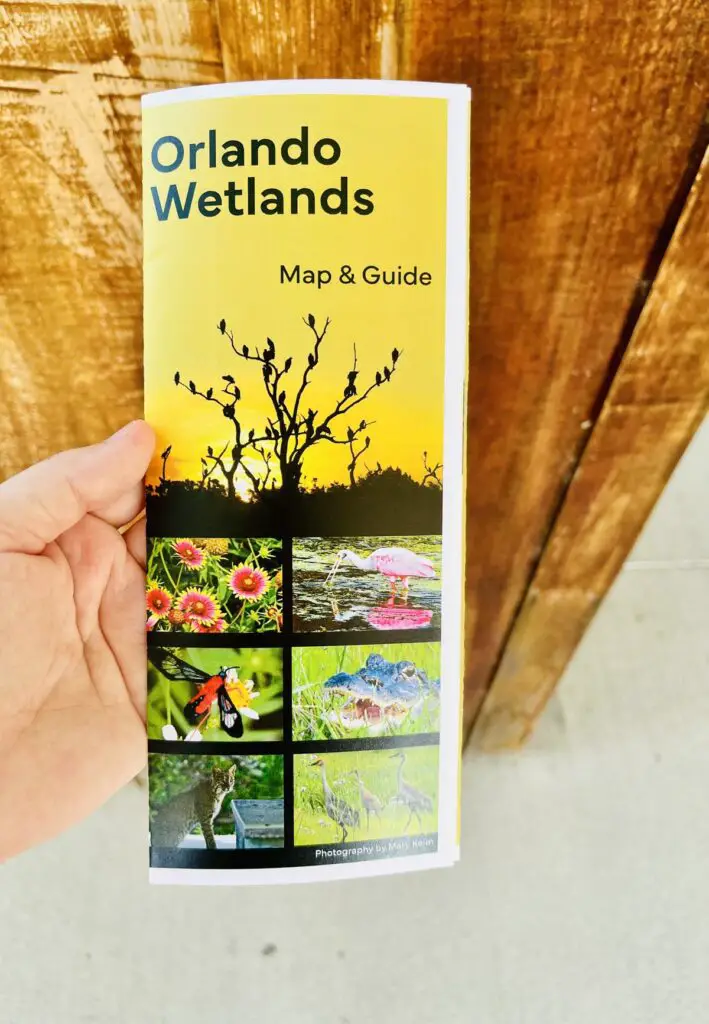
History and Overview
Orlando Wetlands Park is an impressive man-made wetland area designed to treat reclaimed water. It is located in Christmas, Florida, and plays a significant role in water purification for the City of Orlando and its neighboring areas.
Development of Orlando Wetlands Park
Orlando Wetlands Park spans 1,650 acres and was created to address water treatment needs. The park’s design allows it to process approximately 35 million gallons of water daily. This water originates from the Iron Bridge Water Reclamation Facility. The park’s development was an ecological initiative to treat reclaimed water without causing environmental damage.
The area historically was a wet prairie and part of the floodplain for the St. Johns River. Its transformation into a wetland began in the late 20th century when the City of Orlando sought sustainable methods for wastewater treatment. The park now provides advanced water treatment and supports a wide range of wildlife.

Christmas, Florida
Located in Christmas, Florida, Orlando Wetlands Park is easily accessible and offers a serene environment for wildlife observation and recreational activities. Christmas is a small community that got its name from Fort Christmas, a fort built during the Second Seminole War in 1837. This location was chosen due to it being near to the St. Johns River floodplain.
Christmas, Florida adds historical importance to the park. The community has embraced Orlando Wetlands as a natural habitat and a tourist destination. The park’s boardwalks and trails offer excellent views of diverse ecosystems and species, making it a popular spot for bird watchers and nature enthusiasts.
Orlando Wetlands Park provides an excellent example of how reclaimed water can be treated in an environmentally friendly manner. The park treats water effectively and offers a habitat for over 200 species of birds and a variety of wildlife, making it a valuable resource for both environmental and recreational purposes.
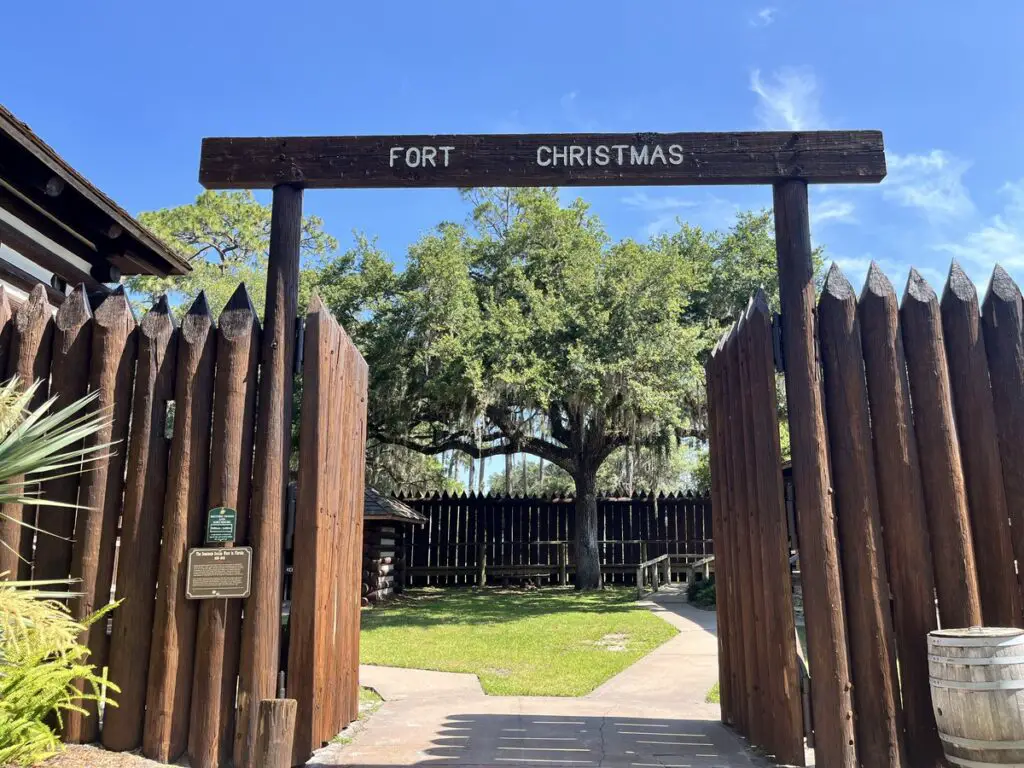
Habitats and Ecosystems
The Orlando Wetlands host a variety of habitats that support diverse ecological communities, including mixed marshes and hardwood swamp areas. These environments are crucial for sustaining a rich biodiversity among both aquatic plants and wildlife.
Mixed Marsh Communities
Mixed marsh communities in the Orlando Wetlands provide habitat for a wide range of species. A combination of grasses, reeds, and other aquatic plants characterizes these marshes. The varied plant life supports insects, birds, and small mammals, creating a balanced and thriving ecosystem.
You’ll find that these areas are particularly important for bird watchers. Over 220 bird species nest and feed in the mixed marshes, making it a key spot for observing avian life. The presence of water also attracts amphibians and reptiles, adding to the area’s biodiversity.
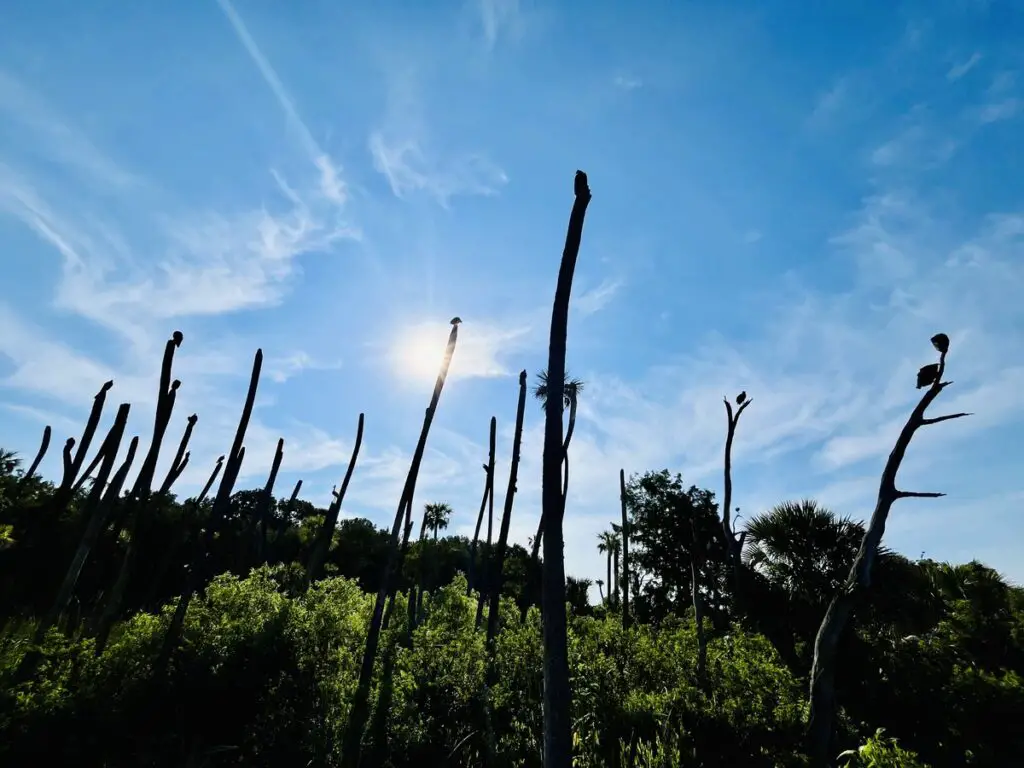
Hardwood Swamp Areas
The hardwood swamp areas are another critical habitat within the Orlando Wetlands. These swamps are dominated by trees like cypress and oak, which can thrive in wet conditions. The dense canopy of these trees provides shade and shelter for various wildlife.
In these swamp areas, you may encounter larger animals such as deer and raccoons. The swamps also support many aquatic plants, which play a vital role in maintaining the quality of the water quality. The rich plant life offers food and habitat for fish and other aquatic species, contributing to the overall health of the ecosystem.
Recreation and Activities
Orlando Wetlands offers a wide range of activities for nature enthusiasts. You’ll find excellent opportunities for birding, wildlife viewing, hiking, biking, and photography.
Birding and Wildlife Viewing
Orlando Wetlands Park is a paradise for birdwatchers. With over 200 species of birds, including roseate spoonbills, you are sure to spot a variety of colorful and interesting birds. The park is also home to 1,700 alligators, which adds an exciting element to your wildlife viewing experience.
For the best birding experience, head to the half-mile boardwalk. It offers fantastic views of nesting birds on a cypress island. You might also want to visit the Education Center, where tram tours are available to guide you through the best spots for wildlife observations.

Hiking and Biking Trails
The park boasts a 6.0-mile loop trail that’s popular among hikers and bikers alike. This multi-use trail is generally considered an easy route, making it accessible for most visitors. The trail takes you around the park’s perimeter and is mostly a gravel road.
For more adventurous hikers, the park also features over 20 miles of woodland trails and roads that crisscross through hardwood hammocks, marshes, and lakes. Whether you prefer a stroll or an extended adventure, you’ll find a trail that suits your needs.
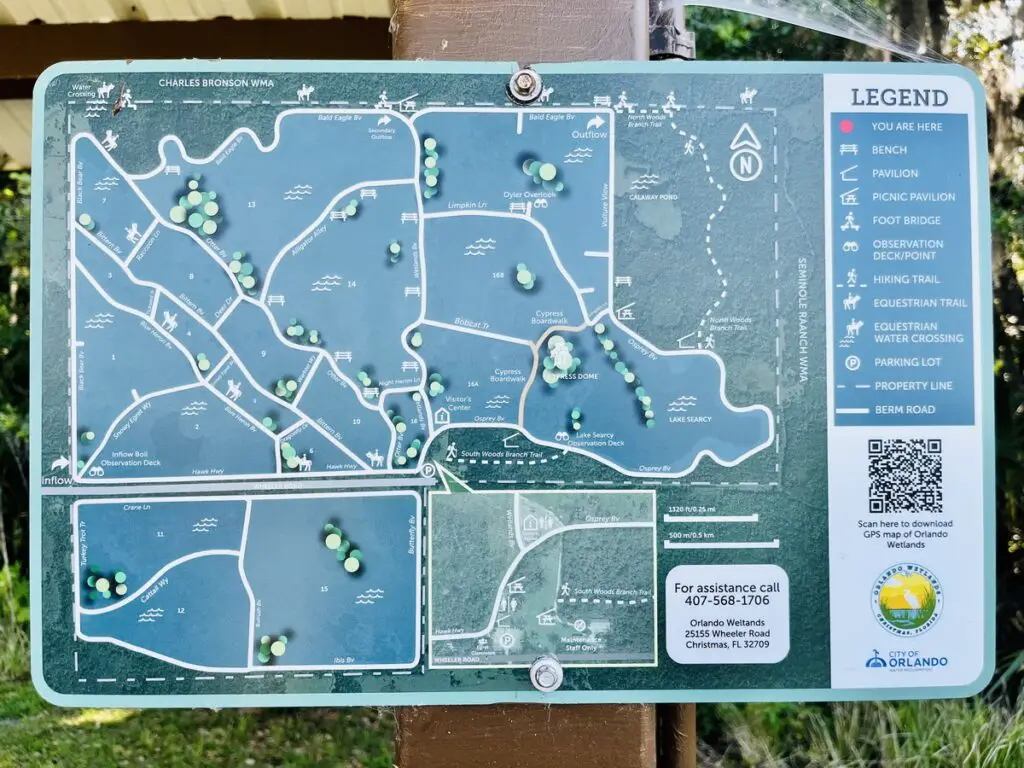
Fishing and Boating Options
While Orlando Wetlands Park may not be your go-to destination for fishing and boating, nearby areas offer plenty of opportunities for these activities. The wetlands are primarily focused on providing habitats for wildlife rather than recreational fishing or boating.
However, nearby lakes and rivers in the Christmas, Florida area can cater to your fishing and boating interests. It’s advisable to check local regulations and designated areas where these activities are permitted to ensure an enjoyable experience.
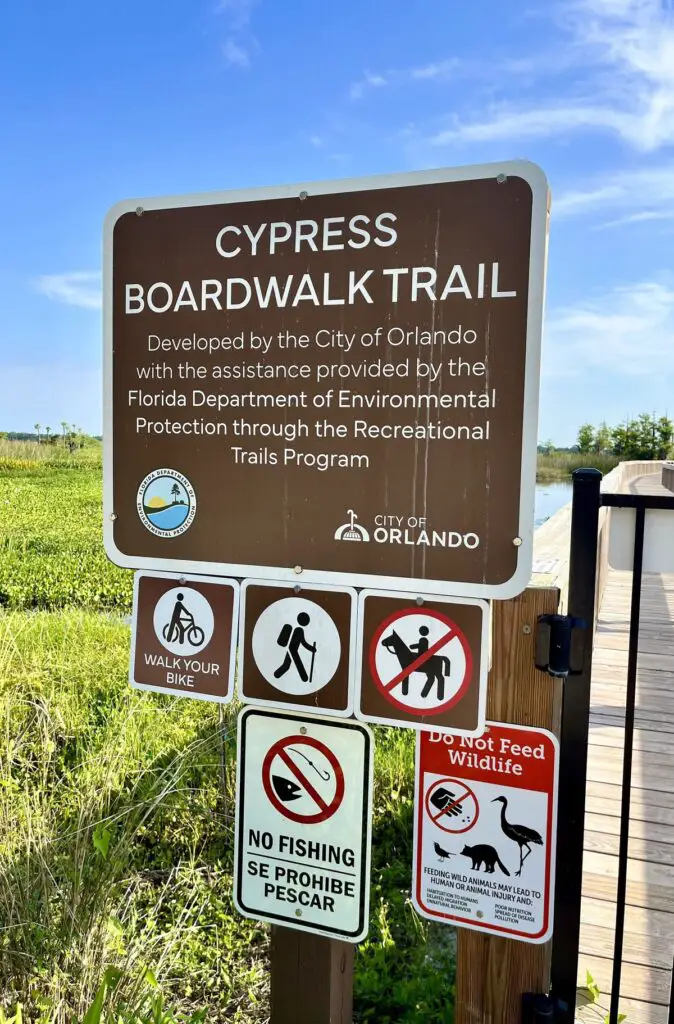
Photography Hotspots
Photography enthusiasts will find Orlando Wetlands Park a treasure trove of picturesque scenes. With its extensive array of bird species, alligators, and lush landscapes, you will have plenty of subjects to capture. The best spots for photography include the half-mile boardwalk and other viewing platforms scattered throughout the park.
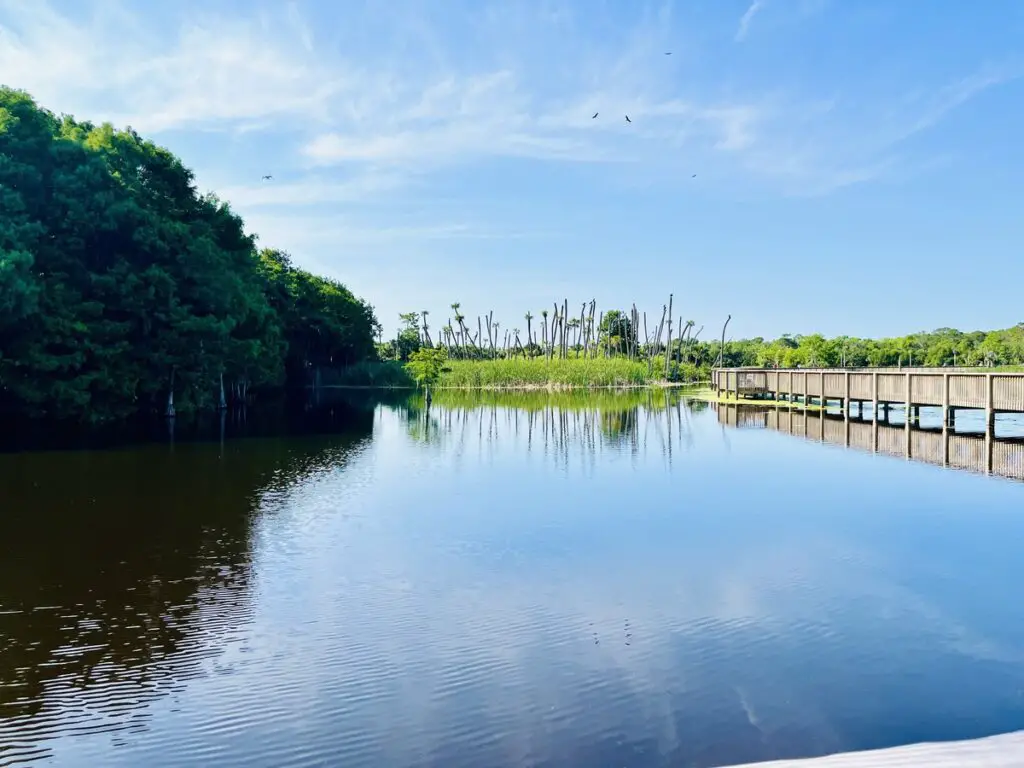
A highlight for photographers is the early morning light, which gives life to the wetlands’ diverse fauna and flora. Don’t forget to bring your zoom lens for close-ups of birds and other wildlife. Additionally, the park’s educational signage can provide context to enrich your photographic storytelling.
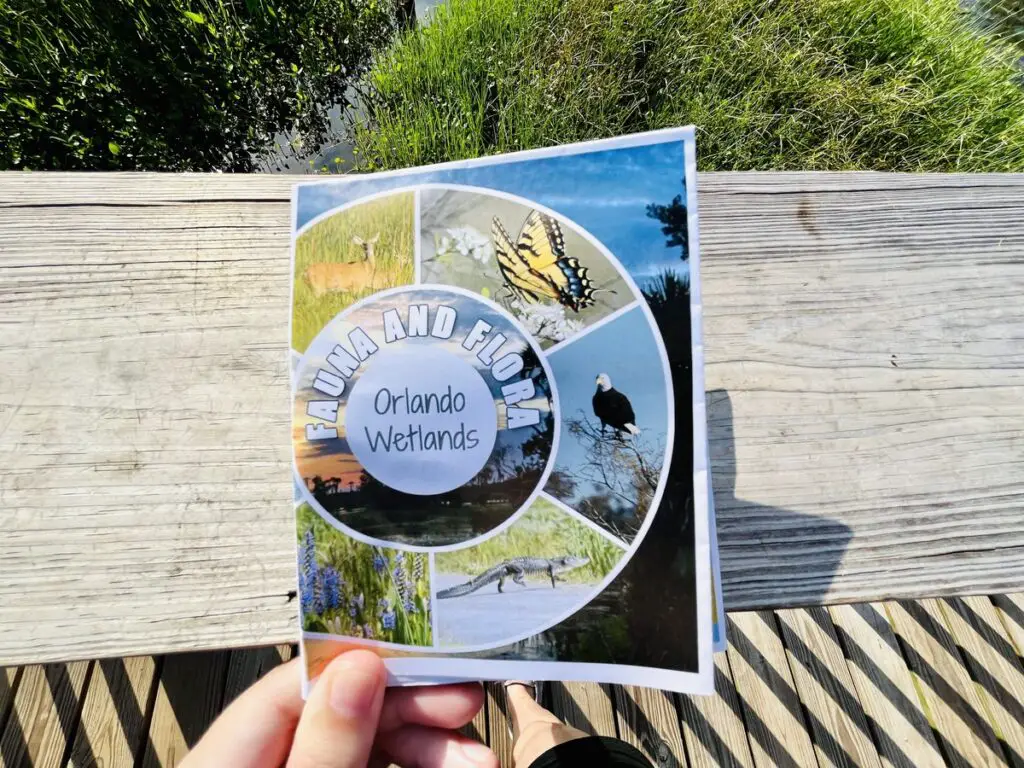
Conservation and Education
The Orlando Wetlands play a crucial role in water purification while also offering educational programs. These programs help visitors learn about the importance of wetlands in nature.
Role in Water Purification
The Orlando Wetlands were designed to improve water quality. They cover 1,650 acres and treat reclaimed water from nearby cities. Wetlands act as natural filters, removing nutrients and other impurities from the water. This process helps protect Florida’s natural waterways and reduces pollution.
By using plants and soil, the wetlands can absorb and break down pollutants. This makes the water cleaner and safer for wildlife and humans. The wetlands are an example of how natural systems can be used in modern water treatment.
Education Center Programs
The Education Center at Orlando Wetlands Park offers various programs for visitors. These include guided tours, workshops, and wildlife observation activities. Programs are designed for people of all ages and help them understand the role of wetlands in the ecosystem.
Interactive displays and educational materials are available to enhance learning. The center focuses on promoting conservation and encouraging visitors to engage in sustainable practices. Volunteers and staff lead activities, providing insights into local fauna and flora as well as the overall function of the wetlands.
Visitor Information
Orlando Wetlands Park offers a variety of activities and amenities for nature lovers and outdoor enthusiasts. The details below will help you plan your visit effectively.
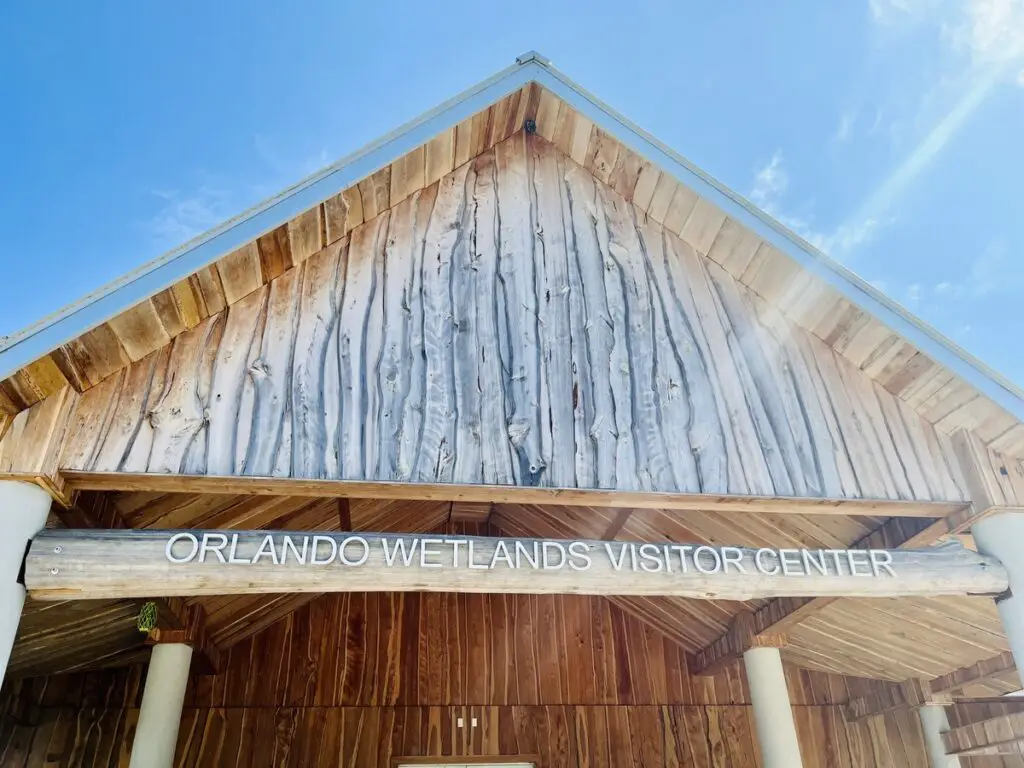
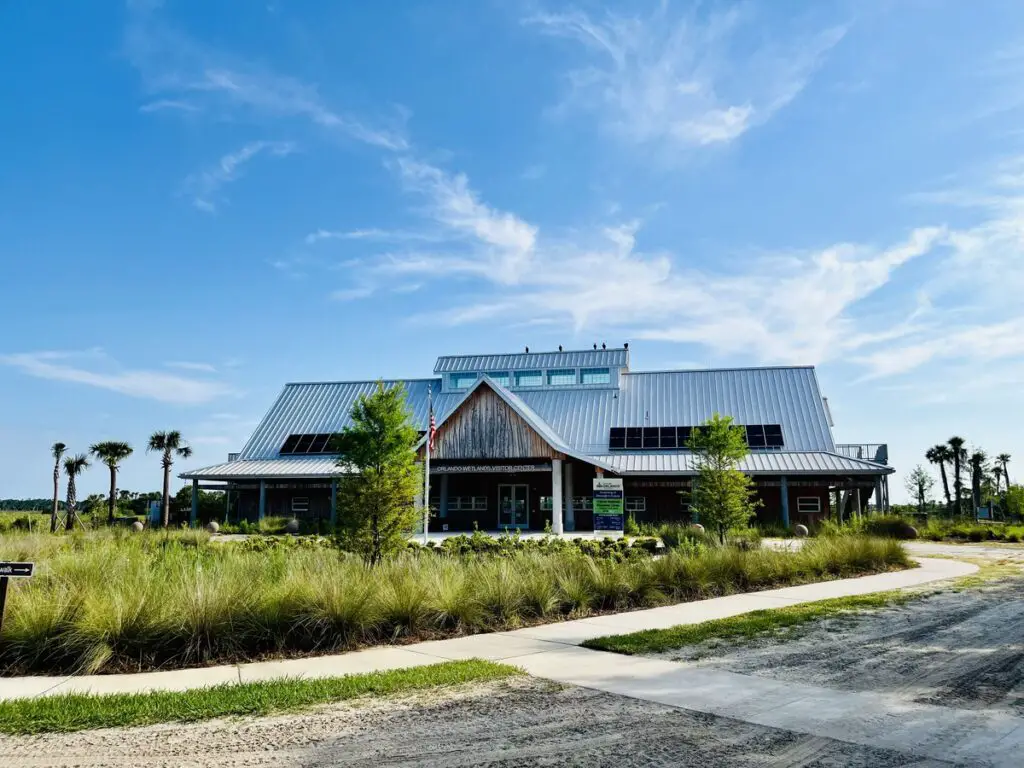
Operating Hours and Seasons
The park is open from sunrise to sunset, Tuesday through Sunday. It remains closed on Mondays.
During the weekends from September to May, tram tours are available between 9 AM and 3 PM. Fridays and Saturdays also offer tram tours within these hours. Be sure to plan your visit ahead of time to make the most of these guided experiences.
Admission and Parking
Admission to Orlando Wetlands Park is free, allowing everyone to explore and enjoy.
Parking is available at no cost and is conveniently located near the entrance. Arriving early is advisable, especially during peak seasons, to secure a good spot and avoid any hassle. Always check for current updates before planning your trip.
Facilities and Amenities
The park is well-equipped with amenities to ensure a comfortable visit. Restrooms are available within the park for your convenience.
Boardwalks provide easy access to various scenic spots, enhancing your nature experience. For those looking to relax and have a meal, picnic tables, and pavilions are scattered throughout the park, offering pleasant spots to eat and rest. These facilities are designed to make your visit enjoyable and stress-free.

Planning Your Visit
Visiting Orlando Wetlands Park requires some preparation to ensure a pleasant and safe experience. You’ll need to bring specific items and be mindful of Florida’s weather and wildlife. Here are key details to make your trip enjoyable.
What to Bring
When visiting Orlando Wetlands Park, dress for outdoor activities. Wear a hat to protect yourself from the sun and bring sunscreen to avoid sunburn. Carry plenty of water to stay hydrated, as the temperatures can get very hot.
A camera and binoculars are great for capturing and viewing the park’s diverse wildlife, including over 200 species of birds. Comfortable shoes are necessary for walking or hiking on the trails. You might also want a small backpack to carry your essentials.
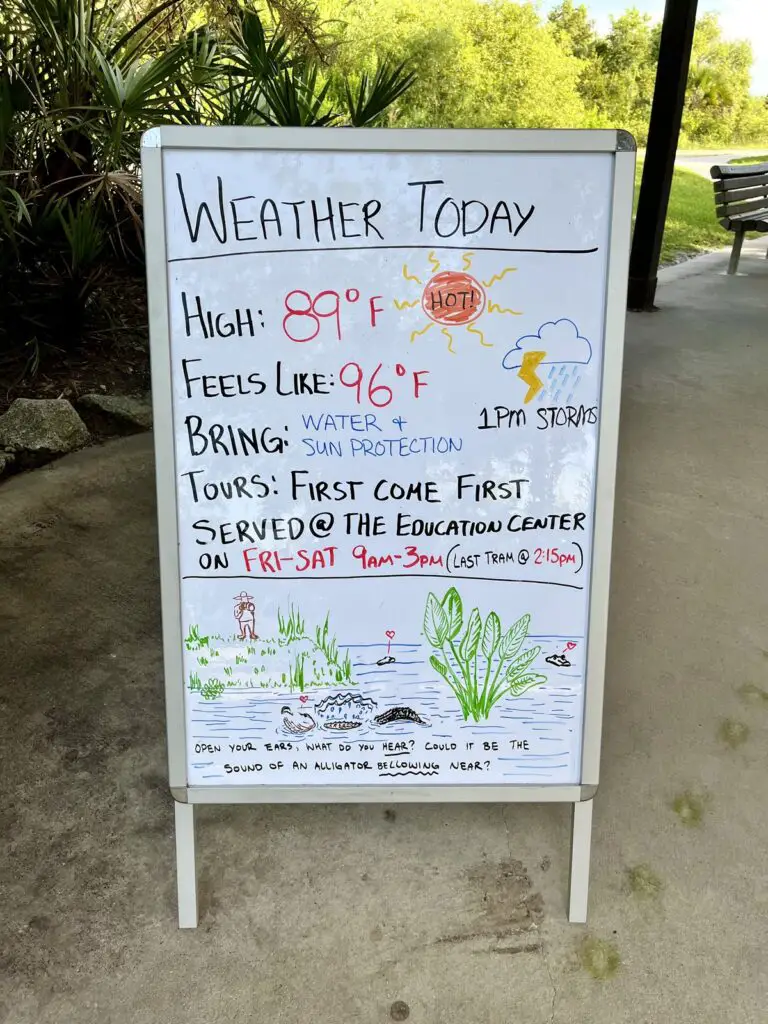
What Not to Bring
Certain items are best left at home for the safety and enjoyment of all visitors. Avoid bringing pets, as they can disturb the wildlife and are usually not allowed in protected areas. Leave loud music and recreational drones behind to maintain the park’s serene atmosphere.
Don’t bring alcohol or any substances that could impair your judgment. Also, try to avoid single-use plastic items to keep the park clean. Pack your belongings in reusable containers when possible.
Safety Tips and Weather Considerations
Florida weather can be unpredictable. Check the forecast before your visit. Hot temperatures and high humidity are common, so dress lightly and take breaks in the shade. Be aware of lightning and thunderstorms, especially in the summer. If you hear thunder, seek shelter immediately.
Stay on the marked trails and be aware of your surroundings. Alligators and other wildlife live in the wetlands, so keep a safe distance. Use bug spray to avoid bites from insects, especially during the warmer months. And finally, always let someone know your plans and estimated return time for added security.
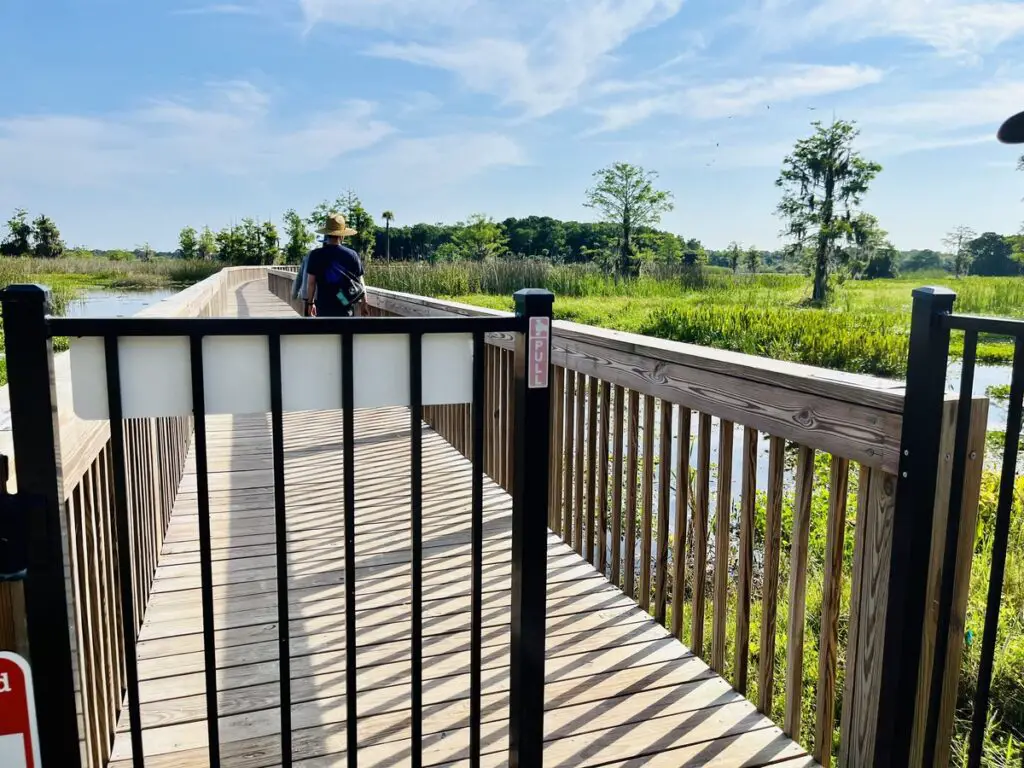

Frequently Asked Questions
Orlando Wetlands Park is a popular spot for nature lovers, bird watchers, and outdoor enthusiasts. Here, you’ll find important details about operational hours, events, activities, and more. You can also find more information on their website.
What are the operating hours of Orlando Wetlands Park?
The park opens at sunrise and closes at sunset. The gates are managed automatically by the City of Orlando, so you cannot enter before sunrise or remain after sunset.
Are there any annual events held at Orlando Wetlands Park?
Orlando Wetlands Park offers various events throughout the year, including bird-watching tours, nature hikes, and educational programs. Be sure to check the park’s website or contact the park office for the latest event schedule.
What activities are available for visitors at Orlando Wetlands?
Visitors can enjoy hiking, bird watching, and nature photography. The park’s diverse habitats make it a haven for wildlife enthusiasts. Note that dogs and vehicular traffic are not permitted within the park.

Is there an admission fee for Orlando Wetlands Park?
There is no admission fee to enter Orlando Wetlands Park. It is free and open to the public, providing an affordable option for enjoying nature.
What are the best trails for bird watching in the Orlando Wetlands?
The most popular trail for bird watching is the Orlando Wetlands Loop Trail. With a high rating from hikers and bird watchers alike, it offers excellent opportunities to see a variety of bird species.
Can visitors engage in fishing at the park, and what are the regulations?
Fishing is not permitted at Orlando Wetlands Park. The primary focus is conservation and providing a habitat for wildlife, so the park enforces strict regulations to protect the ecosystem.
YOU MAY ALSO LIKE:
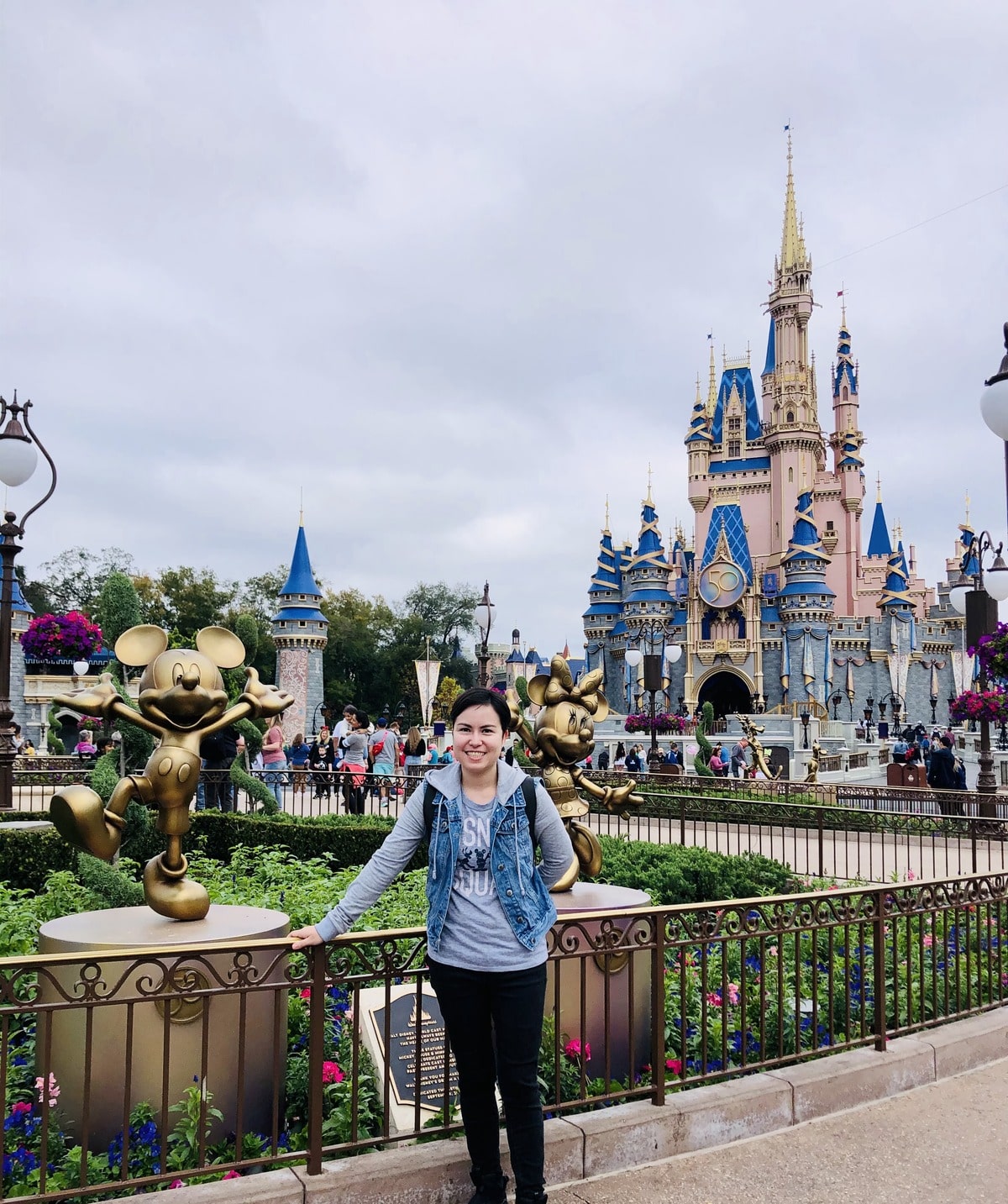
Hello everyone! My name is Kimberly, and I was born in Florida. Although I have travelled to a lot of other places outside of Florida and the country, this is the place I still call home. A fun fact about me is that I was a performer at both Walt Disney World and Universal Orlando Resort for a total of 8 years.
